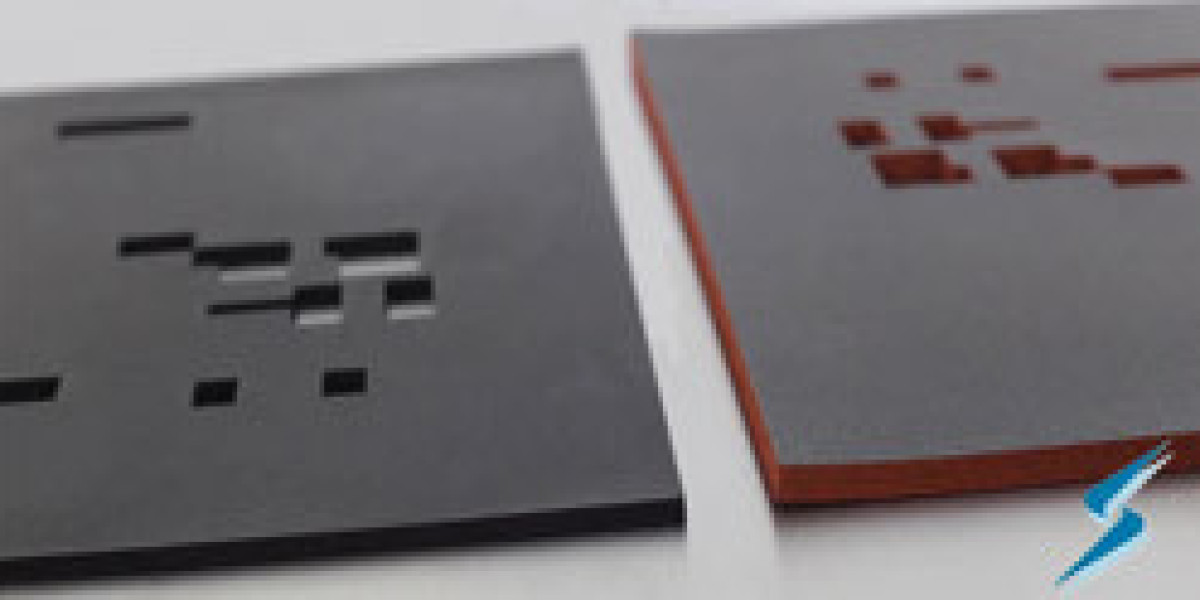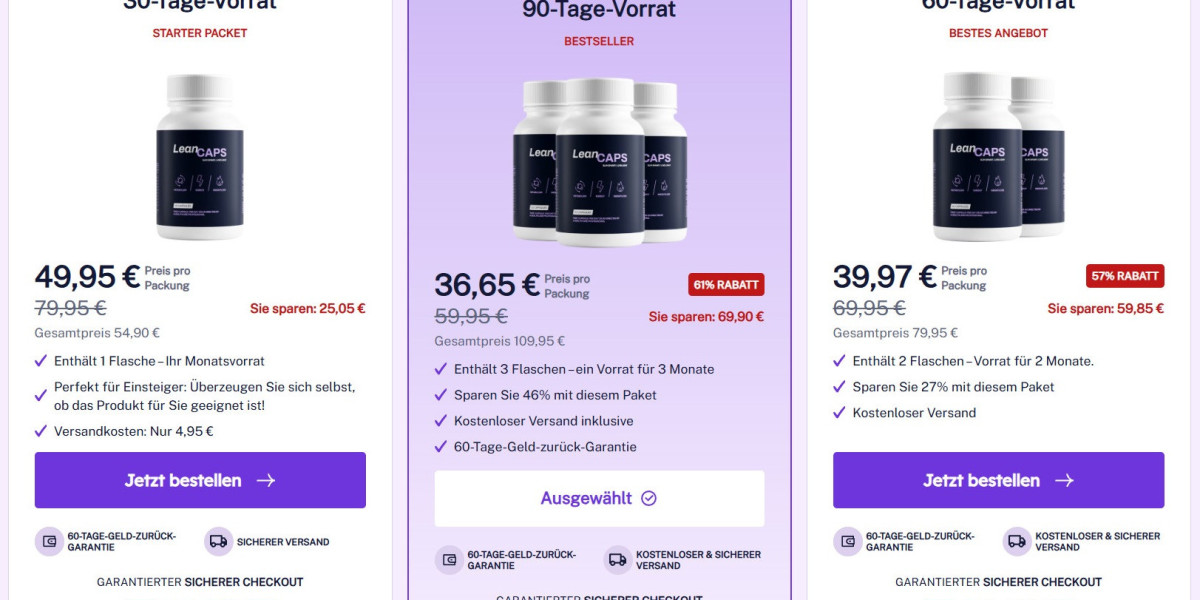The conductive polymer coating market has witnessed a wave of innovations in recent years, fueled by the growing demand for more efficient, cost-effective, and environmentally friendly solutions across various industries. Conductive polymer coatings, which combine the lightweight and flexible properties of polymers with the electrical conductivity of metals, are increasingly becoming the material of choice in diverse applications, including electronics, automotive, aerospace, and healthcare. In this article, we will explore the recent innovations in the conductive polymer coating market, focusing on advancements in materials, production technologies, and new applications.
1. Advancements in Conductive Polymers
One of the major innovations in the conductive polymer coating market is the continuous improvement of the conductive polymers themselves. Traditional conductive polymers such as polyaniline, polypyrrole, and polythiophene have been optimized to enhance their electrical conductivity, stability, and mechanical properties. Researchers have focused on improving the structure and functionality of these polymers to meet the growing demands of modern applications.
More recently, the development of nano-composite conductive polymers has been a key innovation. These composites combine conductive polymers with nanomaterials, such as carbon nanotubes (CNTs) and graphene, to significantly improve their conductivity, mechanical strength, and thermal stability. These composite materials are now being used in high-performance applications, where traditional conductive polymers may not be sufficient. For example, graphene-based conductive polymers are gaining popularity due to their superior conductivity and strength, making them ideal for applications in flexible electronics and energy storage.
2. Flexible and Wearable Electronics
A significant trend in the conductive polymer coating market is the growing demand for flexible electronics and wearable devices. Conductive polymers offer a lightweight, flexible, and durable solution for coating electronic components that need to be bendable or stretchable. Innovations in conductive polymer coatings have enabled the development of flexible displays, sensors, and electronic tattoos that can conform to different shapes and surfaces.
Recent breakthroughs in stretchable conductive polymers are allowing manufacturers to create wearable devices with improved performance and comfort. These materials are used to manufacture health-monitoring systems, fitness trackers, and smart textiles that can stretch, bend, or twist without compromising functionality. The ability to create flexible, conductive coatings has opened up new possibilities for the development of wearable healthcare applications, where continuous monitoring of vital signs such as heart rate and blood pressure is becoming more prevalent.
3. Electromagnetic Interference (EMI) Shielding
With the increasing complexity and sensitivity of electronic devices, electromagnetic interference (EMI) has become a major concern. EMI shielding is essential in protecting sensitive components from external interference, ensuring the proper functioning of devices in industries like electronics, telecommunications, and automotive. Conductive polymer coatings are now being used for EMI shielding due to their lightweight and flexible nature, which make them ideal for applications where traditional metal-based shields are too heavy or rigid.
Recent innovations have focused on improving the efficiency and performance of conductive polymers for EMI shielding. Researchers have been working on multi-layer coatings that enhance the polymer's ability to block or absorb electromagnetic radiation across a wide frequency range. Additionally, the combination of conductive polymers with nanomaterials like carbon nanotubes (CNTs) and graphene is further boosting the effectiveness of these coatings in shielding applications.
4. Sustainability and Eco-Friendly Innovations
As environmental concerns become increasingly important, the conductive polymer coating market is seeing a rise in sustainable and eco-friendly innovations. Traditional coatings, particularly those based on metals or harmful chemicals, are being replaced with biodegradable conductive polymers and non-toxic materials. The use of renewable resources and green manufacturing processes is helping to reduce the environmental impact of conductive polymer coatings, aligning with the growing demand for sustainable products across various industries.
Another significant development in the field is the use of water-based conductive polymer coatings, which replace the use of toxic solvents typically found in conventional coatings. These water-based formulations are more environmentally friendly and offer the same level of performance as solvent-based options, without the associated health and environmental risks.
5. Applications in Electric Vehicles (EVs)
The rise of electric vehicles (EVs) has further accelerated innovations in conductive polymer coatings. Conductive polymers are being used in EMI shielding, static control, and corrosion resistance for EV components. Battery packs, motors, and power electronics in electric vehicles are increasingly being coated with conductive polymers to protect against external interference and to prevent degradation from environmental factors.
Recent innovations in conductive polymer coatings for EVs include advanced coatings that are not only conductive but also resistant to the high temperatures and harsh conditions typical of automotive environments. These coatings improve the durability and reliability of EV components, contributing to the longer lifespan and better performance of electric vehicles.
6. Advances in Manufacturing Techniques
The ability to efficiently manufacture conductive polymer coatings at scale has been a key area of innovation. Recent developments in roll-to-roll processing and spray coating techniques have significantly reduced production costs and enabled mass production of conductive polymer coatings for various applications. Roll-to-roll processing, in particular, has revolutionized the production of flexible and wearable electronics by allowing the continuous application of conductive polymer coatings on large flexible substrates.
Another breakthrough in manufacturing is the development of inkjet printing for conductive polymer coatings. This technique allows for precise and cost-effective application of conductive polymers on a variety of surfaces, including flexible films and fabrics. Inkjet printing is particularly useful for producing customized coatings for niche applications such as smart packaging, wearable devices, and printed electronics.
Conclusion
The conductive polymer coating market is witnessing exciting innovations that are transforming industries ranging from electronics to automotive and healthcare. Advancements in conductive polymer materials, manufacturing techniques, and sustainability are driving the growth of the market. The shift toward flexible and wearable electronics, EMI shielding, and eco-friendly solutions is providing new opportunities for these coatings, making them an essential component in the development of the next generation of high-performance products. As research and development continue to drive these innovations, the future of the conductive polymer coating market looks promising, with a wide array of applications yet to be explored.









